What Are the EU MDR/IVDR IFU Translation Requirements for Manufacturers of Medical Devices?
1 July, 2022

The EU MDR/IVDR IFU translation requirements are among the many measures aimed at ensuring patient safety and protecting public health within the new EU regulatory framework for medical devices. The linguistic diversity of the EU Member States, however, poses a challenge for manufacturers of medical devices planning to place their product on the EU market. In this article, we focus specifically on instructions for use, commonly referred to as the IFU. Read on to find practical information on how the language aspects of your IFU are regulated by the EU MDR and the EU IVDR, including the language version(s) you...
Read more
Welche Sprachen werden nach den sprachlichen Anforderungen der EU MDR in den einzelnen EU-Mitgliedstaaten akzeptiert?
7 June, 2022

Bei Medizinprodukten, die in der EU verkauft werden sollen, sind nach der neuen Medizinprodukteverordnung (MDR) der EU strengere sprachliche Anforderungen einzuhalten. Zudem liegt es nun auch in der Verantwortung der einzelnen EU-Mitgliedstaaten festzulegen, in welchen Sprachen die Produktinformationen jeweils bereitgestellt werden müssen. In diesem Artikel zeigen wir Ihnen, welche Sprachen in den einzelnen EU-Mitgliedstaaten gemäß den sprachlichen Anforderungen der EU MDR akzeptiert sind.
Which Languages Are Accepted under the EU MDR Language Requirements for Medical Devices in Each EU Member State?
5 October, 2021

The new European Union Medical Device Regulation has introduced more stringent linguistic requirements for medical devices sold in the EU market. In doing so, it has placed the responsibility on each EU Member State to determine the official Union language(s) in which the information supplied with the device must be provided. In this article, we will outline which languages are accepted in individual 27 EU Member States in response to these MDR language requirements.
What Are the Language Requirements for Medical Devices Sold in Europe under the New EU Medical Devices Regulation?
19 July, 2021

Following a transition period of four years, the long-awaited Medical Device Regulation (MDR) 2017/745/EU finally became fully applicable on 26 May 2021. It makes provisions in several places that the information provided by the manufacturer with a medical device must be available in the official language(s) accepted in the Member State where it is being sold. In this article, we will discuss the MDR language requirements for medical devices placed on the EU market.
 Although the MDR and the IVDR are medical device regulations of the EU, their application extends beyond the EU to other European Economic Area countries which enjoy access to the European single market. In this article, we discuss the EU MDR/IVDR language requirements in the EEA-EFTA countries of Iceland, Liechtenstein, and Norway.
Although the MDR and the IVDR are medical device regulations of the EU, their application extends beyond the EU to other European Economic Area countries which enjoy access to the European single market. In this article, we discuss the EU MDR/IVDR language requirements in the EEA-EFTA countries of Iceland, Liechtenstein, and Norway.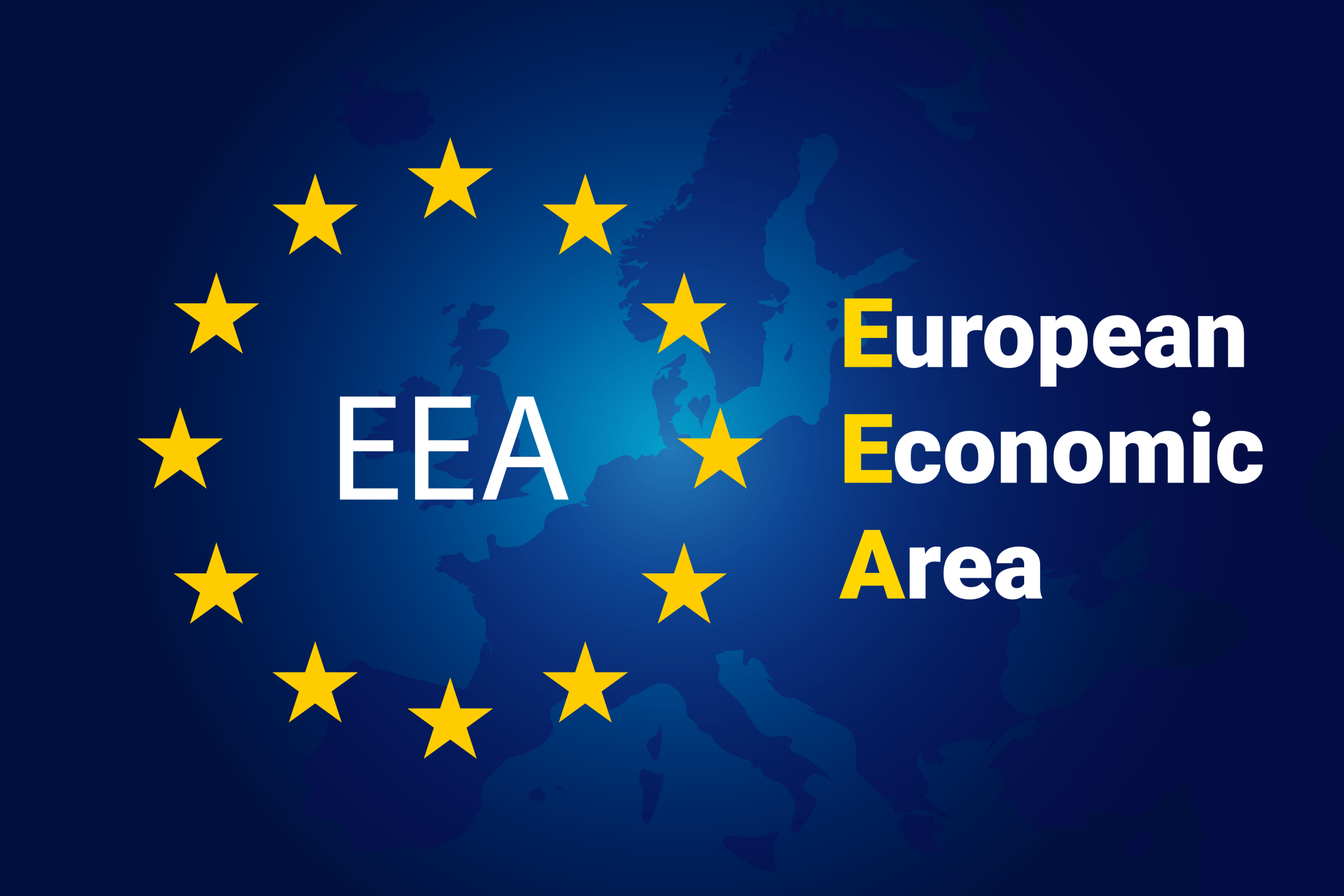 Although the MDR and the IVDR are medical device regulations of the EU, their application extends beyond the EU to other European Economic Area countries which enjoy access to the European single market. In this article, we discuss the EU MDR/IVDR language requirements in the EEA-EFTA countries of Iceland, Liechtenstein, and Norway.
Although the MDR and the IVDR are medical device regulations of the EU, their application extends beyond the EU to other European Economic Area countries which enjoy access to the European single market. In this article, we discuss the EU MDR/IVDR language requirements in the EEA-EFTA countries of Iceland, Liechtenstein, and Norway.

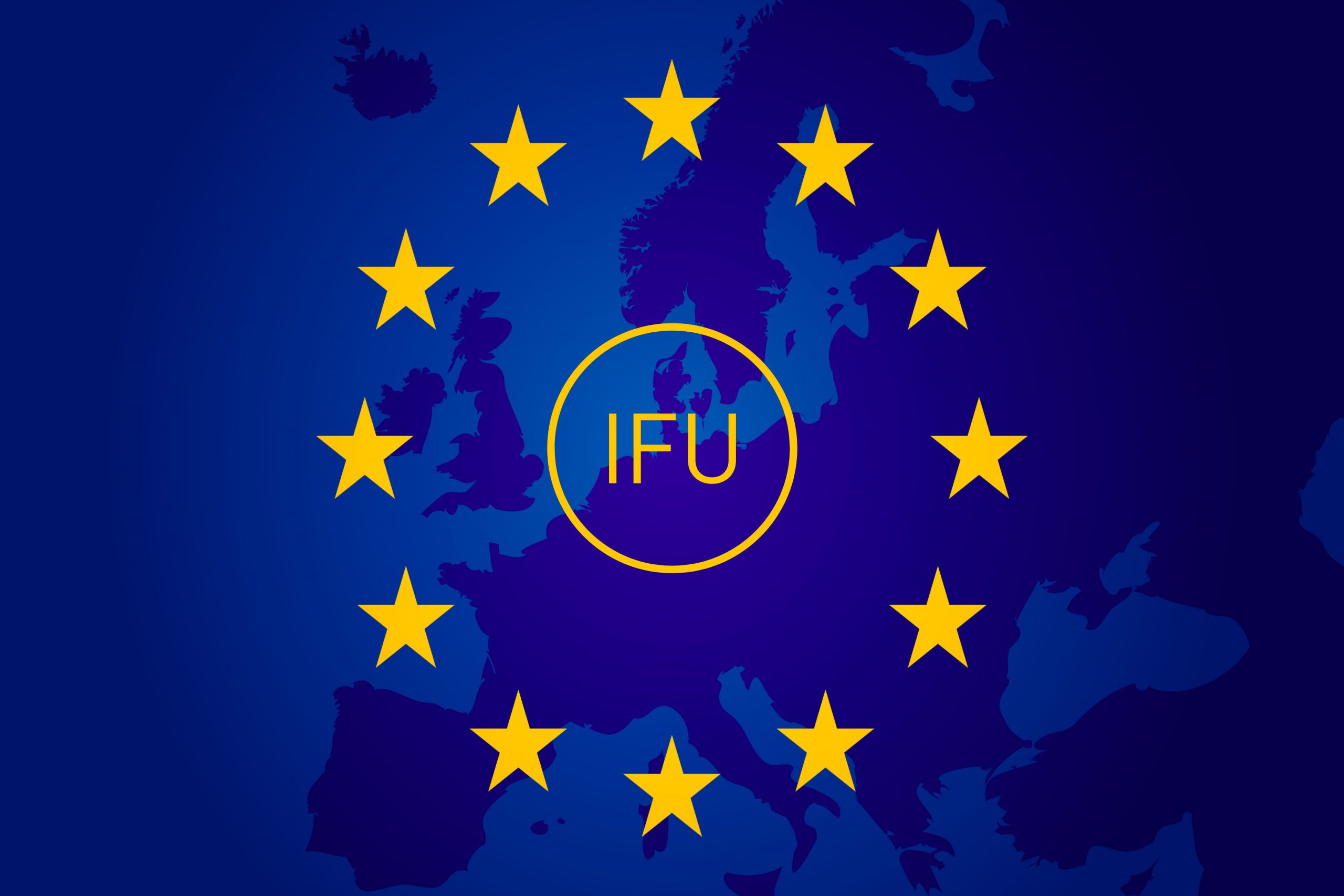 The EU MDR/IVDR IFU translation requirements are among the many measures aimed at ensuring patient safety and protecting public health within the new EU regulatory framework for medical devices. The linguistic diversity of the EU Member States, however, poses a challenge for manufacturers of medical devices planning to place their product on the EU market. In this article, we focus specifically on instructions for use, commonly referred to as the IFU. Read on to find practical information on how the language aspects of your IFU are regulated by the EU MDR and the EU IVDR, including the language version(s) you...
The EU MDR/IVDR IFU translation requirements are among the many measures aimed at ensuring patient safety and protecting public health within the new EU regulatory framework for medical devices. The linguistic diversity of the EU Member States, however, poses a challenge for manufacturers of medical devices planning to place their product on the EU market. In this article, we focus specifically on instructions for use, commonly referred to as the IFU. Read on to find practical information on how the language aspects of your IFU are regulated by the EU MDR and the EU IVDR, including the language version(s) you... Bei Medizinprodukten, die in der EU verkauft werden sollen, sind nach der neuen Medizinprodukteverordnung (MDR) der EU strengere sprachliche Anforderungen einzuhalten. Zudem liegt es nun auch in der Verantwortung der einzelnen EU-Mitgliedstaaten festzulegen, in welchen Sprachen die Produktinformationen jeweils bereitgestellt werden müssen. In diesem Artikel zeigen wir Ihnen, welche Sprachen in den einzelnen EU-Mitgliedstaaten gemäß den sprachlichen Anforderungen der EU MDR akzeptiert sind.
Bei Medizinprodukten, die in der EU verkauft werden sollen, sind nach der neuen Medizinprodukteverordnung (MDR) der EU strengere sprachliche Anforderungen einzuhalten. Zudem liegt es nun auch in der Verantwortung der einzelnen EU-Mitgliedstaaten festzulegen, in welchen Sprachen die Produktinformationen jeweils bereitgestellt werden müssen. In diesem Artikel zeigen wir Ihnen, welche Sprachen in den einzelnen EU-Mitgliedstaaten gemäß den sprachlichen Anforderungen der EU MDR akzeptiert sind.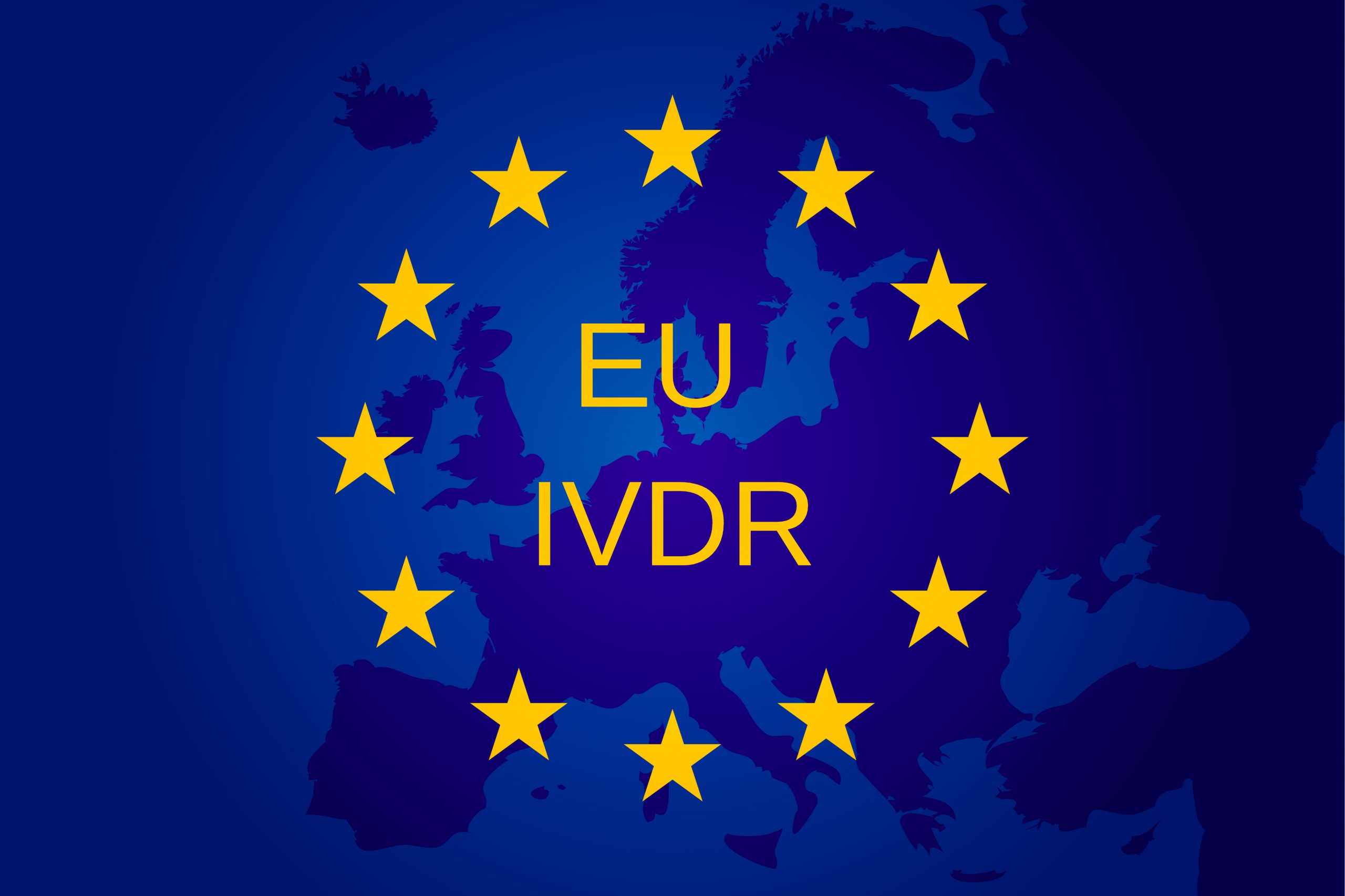 On 26th May 2022, the In Vitro Diagnostic Medical Device Regulation (IVDR) (EU) 2017/746 became applicable across all 27 EU Member States, marking the start of a five-year progressive roll-out for in vitro diagnostic medical devices on the EU market. Among its various changes to the EU regulatory framework are the IVDR language requirements. In this article, we will discuss what these IVDR language requirements are, and which local languages individual EU Member States accept in response to them.
On 26th May 2022, the In Vitro Diagnostic Medical Device Regulation (IVDR) (EU) 2017/746 became applicable across all 27 EU Member States, marking the start of a five-year progressive roll-out for in vitro diagnostic medical devices on the EU market. Among its various changes to the EU regulatory framework are the IVDR language requirements. In this article, we will discuss what these IVDR language requirements are, and which local languages individual EU Member States accept in response to them.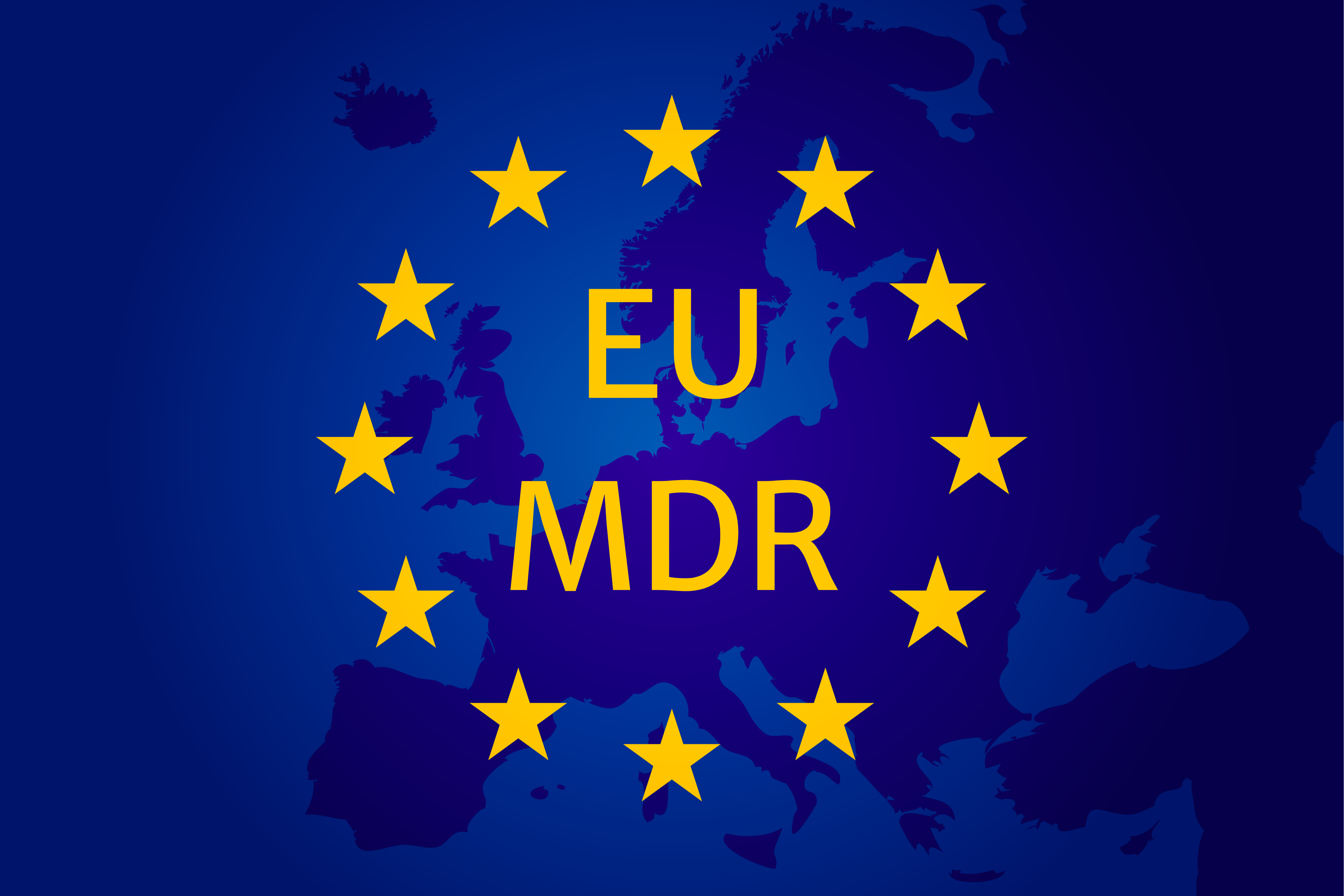 The new European Union Medical Device Regulation has introduced more stringent linguistic requirements for medical devices sold in the EU market. In doing so, it has placed the responsibility on each EU Member State to determine the official Union language(s) in which the information supplied with the device must be provided. In this article, we will outline which languages are accepted in individual 27 EU Member States in response to these MDR language requirements.
The new European Union Medical Device Regulation has introduced more stringent linguistic requirements for medical devices sold in the EU market. In doing so, it has placed the responsibility on each EU Member State to determine the official Union language(s) in which the information supplied with the device must be provided. In this article, we will outline which languages are accepted in individual 27 EU Member States in response to these MDR language requirements.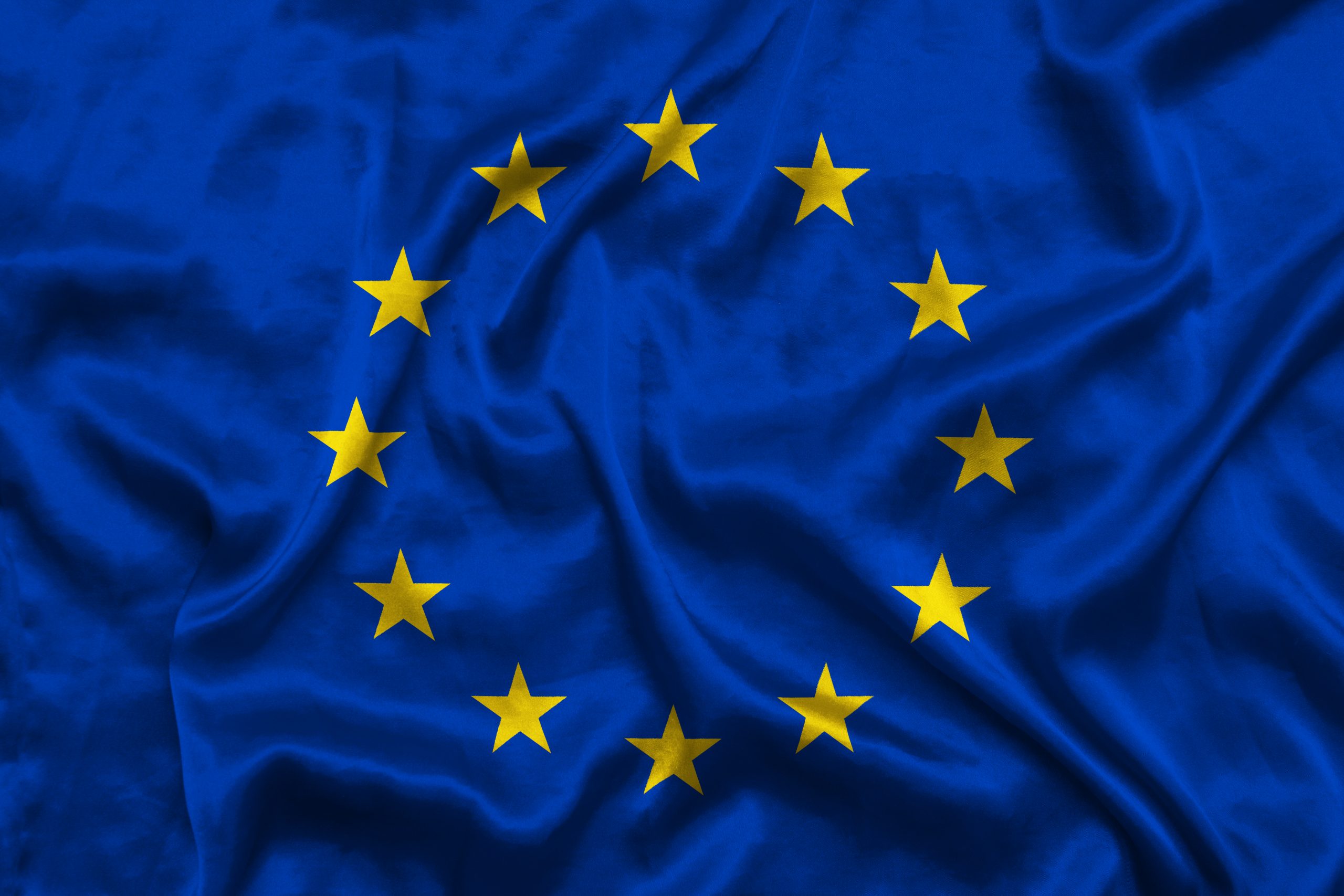 Following a transition period of four years, the long-awaited Medical Device Regulation (MDR) 2017/745/EU finally became fully applicable on 26 May 2021. It makes provisions in several places that the information provided by the manufacturer with a medical device must be available in the official language(s) accepted in the Member State where it is being sold. In this article, we will discuss the MDR language requirements for medical devices placed on the EU market.
Following a transition period of four years, the long-awaited Medical Device Regulation (MDR) 2017/745/EU finally became fully applicable on 26 May 2021. It makes provisions in several places that the information provided by the manufacturer with a medical device must be available in the official language(s) accepted in the Member State where it is being sold. In this article, we will discuss the MDR language requirements for medical devices placed on the EU market.